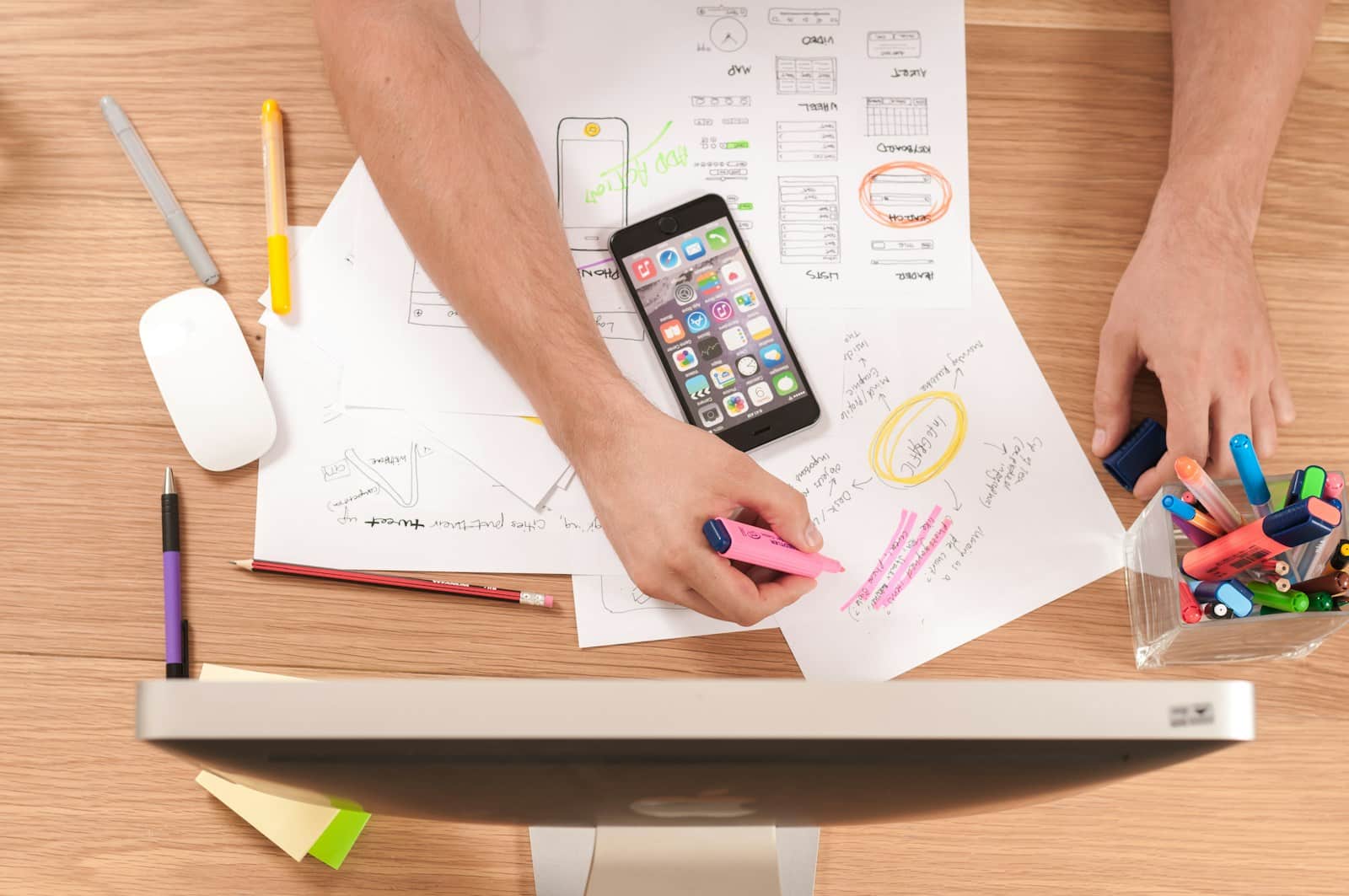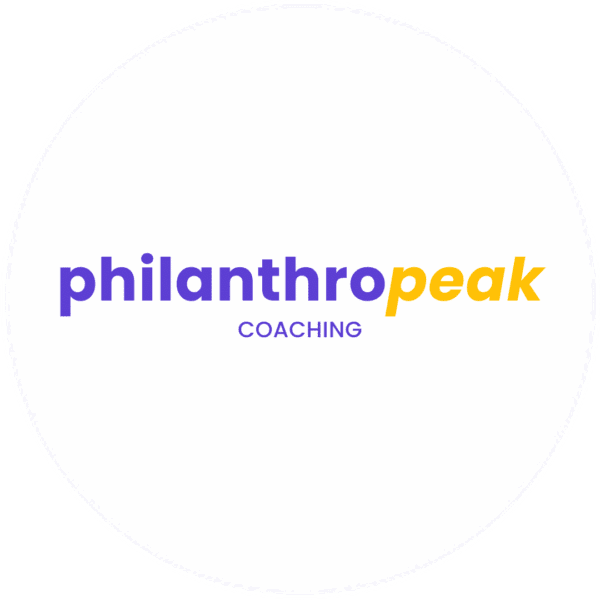Ever hit “buy now” and wonder what just happened?
Agree to a big project with zero plan, then panic after the call?
Blurt something out in a meeting that made total sense in your head, but not out loud?
That’s ADHD impulsivity. And if you’ve got it, you know the deal:
Your brain fires fast. It doesn’t always wait for logic to catch up.
It’s not that you’re reckless.
It’s that your brain is wired to move now. Not later. Not after reflection. Not after a checklist.
I see this all the time inside PhilanthroPeak Coaching, especially with ADHD entrepreneurs.
Impulsivity creates chaos — with time, with money, with focus.
But it also fuels creativity, courage, and momentum… when it’s channelled right.
This post isn’t here to tell you to “control” yourself.
It’s here to show you how to work with impulsivity — and not let it wreck your week, your wallet, or your business.
What ADHD Impulsivity Really Looks Like
Let’s call it out so we can work with it.
ADHD impulsivity doesn’t always look like shouting or interrupting — though that happens too.
More often, it sneaks in like this:
-
Saying yes too fast – because it sounds exciting in the moment
-
Impulse spending – you were bored, distracted, or chasing a dopamine hit
-
Task switching – you ditch one job for another before you even notice
-
Blurted emails, DMs, or comments – sent before you really meant to
-
Starting five things, finishing none – hello chaos
These aren’t personality flaws.
They’re just how ADHD brains operate under pressure, emotion, or boredom.
Here’s how ADDitude Magazine breaks it down with examples you’ll probably relate to.
Why ADHD Impulsivity Happens
You’ve probably heard the term “executive dysfunction” a million times.
But here’s the real-life version:
Your brain isn’t filtering through “Should I do this?”
It’s reacting to now — to emotion, urgency, or stimulation.
You’re wired for:
-
Novelty
-
Quick wins
-
Big ideas
-
Emotion-driven decisions
So when your brain says “Let’s do it!” — it feels right.
Until it doesn’t.
And yeah, sometimes that means buying five new apps, signing up for a course you’ll never finish, or blowing up your calendar with back-to-back calls you now dread.
Common ADHD Impulsivity Traps (That Look Like Productivity)
Here’s the twist — sometimes impulsivity masquerades as motivation.
It looks like progress… until you realise you’re stuck in a loop.
Watch out for these:
🧠 Impulse Planning
You plan your whole week on a high-energy Sunday… and abandon it by Tuesday.
🛒 Impulse Tools
You sign up for a new app, convinced it’ll change everything.
Then forget about it by next week.
🎯 Impulse Projects
You start a new project before the last one’s even live.
Sound familiar? That’s not poor judgement.
That’s unfiltered decision-making.
Systems That Help ADHD Impulsivity Without Killing Momentum
Here’s the part most advice misses:
You don’t need to “slow down.”
You need built-in pause points.
Here’s how I work with ADHD impulsivity (not against it):
🔹 Use a Decision Delay System
Create rules like:
-
“I don’t buy anything over £50 without waiting 24 hours.”
-
“No sending proposals without a 15-minute cool-off review.”
-
“If I want to say yes to something, I have to write out what it costs me first.”
Put these in writing. Stick them on your desk.
Your brain needs reminders, not more willpower.
🔹 Create a ‘Pause and Prioritise’ Routine
Every time you feel the urge to start something, do this first:
-
Write down the idea
-
Ask: Is this urgent, or just exciting?
-
Park it for 30 mins
-
If it still feels right — move forward
You’ll still follow your gut — but with structure attached.
🔹 Make Default Routines the Backup Plan
If you default to chaos every time energy dips, you need a fallback:
-
Set up your go-to tasks for low-energy days
-
Pre-decide what you’ll do when you’re unfocused
-
Use templates and checklists that reduce impulsive task-switching
Inside the Automated ADHDpreneur™ Method, we help you build systems that absorb impulsivity — so you don’t have to fight it.
Reframing ADHD Impulsivity as a Strength
Let’s flip the narrative.
ADHD impulsivity isn’t just a bug — it’s also a feature.
That impulsive part of your brain?
It’s the same one that jumps into bold decisions.
The one that tries something new before overthinking kicks in.
The one that moves when others freeze.
Impulsivity, when supported with structure, becomes:
-
Decisiveness
-
Initiative
-
Innovation
-
Speed of execution
-
Resilience in uncertain moments
The problem isn’t that you act too fast.
It’s that the aftermath isn’t always supported by the right systems.
That’s where the chaos creeps in.
But when you build a structure that holds your follow-through, impulsivity becomes a driver — not a derailment.
ADHD Impulsivity Toolkit (That Works in Real Life)
Here’s your go-to setup when your brain wants to leap:
🔹 The 5-Minute Pause Habit
You feel the impulse.
Before you act, set a timer.
-
Go for a walk
-
Make a cup of tea
-
Doodle the idea
-
Let it breathe for 5 minutes
This creates just enough space to see if it’s real — or just a dopamine detour.
🔹 Create a Decision Filter
Use a simple yes/no checklist like:
-
Is this aligned with my current goals?
-
Do I have the bandwidth this week to act on it?
-
Will I still want this tomorrow?
Stick it on your desk.
Use it before you say yes, buy something, or start a new project.
🔹 Track Your Triggers
Start noticing what triggers your impulsivity:
-
Late-night scrolling
-
Zoom call overwhelm
-
Emotional spikes
-
Boredom after admin tasks
Once you catch the pattern, you can insert a new cue — something small that grounds you instead.
Try:
-
A sticky note that says “PAUSE” on your laptop
-
A visual reminder on your calendar
-
Repeating a simple phrase: “Not yet”
🔹 Build an Idea Parking Lot
Don’t kill every impulsive idea — just park them.
Create a “maybe later” board in Trello or Notion.
Add voice notes to a folder in Google Drive.
Drop impulsive ideas into Slack channels or an email draft — but don’t act on them yet.
This keeps your creative energy flowing without acting on every thought.
🔹 Weekly Pattern Check-In
End your week by asking:
-
What did I do impulsively?
-
Did it help or hurt?
-
What would I try differently next time?
Self-awareness isn’t about shame.
It’s about building data — so you can lead your brain, not fight it.
ADHD Impulsivity in Business (and Why It Can Be a Growth Engine)
If you’re running a business with ADHD, impulsivity isn’t going anywhere.
The trick is to build a business that absorbs it — instead of being wrecked by it.
That’s why inside the Automated ADHDpreneur™ Method, we build:
-
Execution frameworks that catch ideas before they spiral
-
Flexible systems that allow creativity without losing consistency
-
Simple automation that supports follow-through after the spark fades
We’re not trying to slow you down.
We’re helping you make progress without chaos — even when ADHD impulsivity kicks in hard.
💬 FAQs: ADHD Impulsivity
Q: Is ADHD impulsivity always a bad thing?
No. It’s neutral.
It becomes helpful or harmful depending on the structure around it.
With the right systems, impulsivity can help you act fast, ship faster, and make bold moves others wouldn’t.
Q: How do I stop impulse spending with ADHD?
Create friction between the urge and the action:
-
Use the 24-hour rule for non-essential purchases
-
Add items to a wishlist instead of buying immediately
-
Use site blockers or delete payment autofill
You’re not banned from buying — you’re just adding a pause.
Q: I keep saying yes to everything. How do I stop?
Pre-decide your “no list.”
Write out what you’re not doing right now — and review it daily.
If it’s not on the priority board, it’s a “not now.”
Also: keep a copy-paste message ready like:
“Thanks so much — it sounds great, but I’m full right now. Can I circle back in a month?”
Q: Can impulsivity ever be helpful in business?
100%.
Most game-changing ideas come from fast thinking.
But success comes from backing up those fast moves with repeatable, ADHD-friendly systems.
That’s what we focus on in our coaching.
Final Thoughts: Impulsivity Isn’t the Problem — Lack of Support Is
If you’ve ever thought:
“Why did I do that again?”
“What was I thinking?”
“How do I stop myself from ruining a good thing?”
You’re not alone. And you’re not broken.
ADHD impulsivity isn’t a moral issue. It’s a system problem.
You don’t need to force yourself to slow down.
You need a business system that keeps up with you — without falling apart.
That’s exactly what we help ADHD entrepreneurs build at PhilanthroPeak Coaching.
👉 Check out the Automated ADHDpreneur™ Program here
Build a structure that lets you stay impulsive — and still build momentum.





